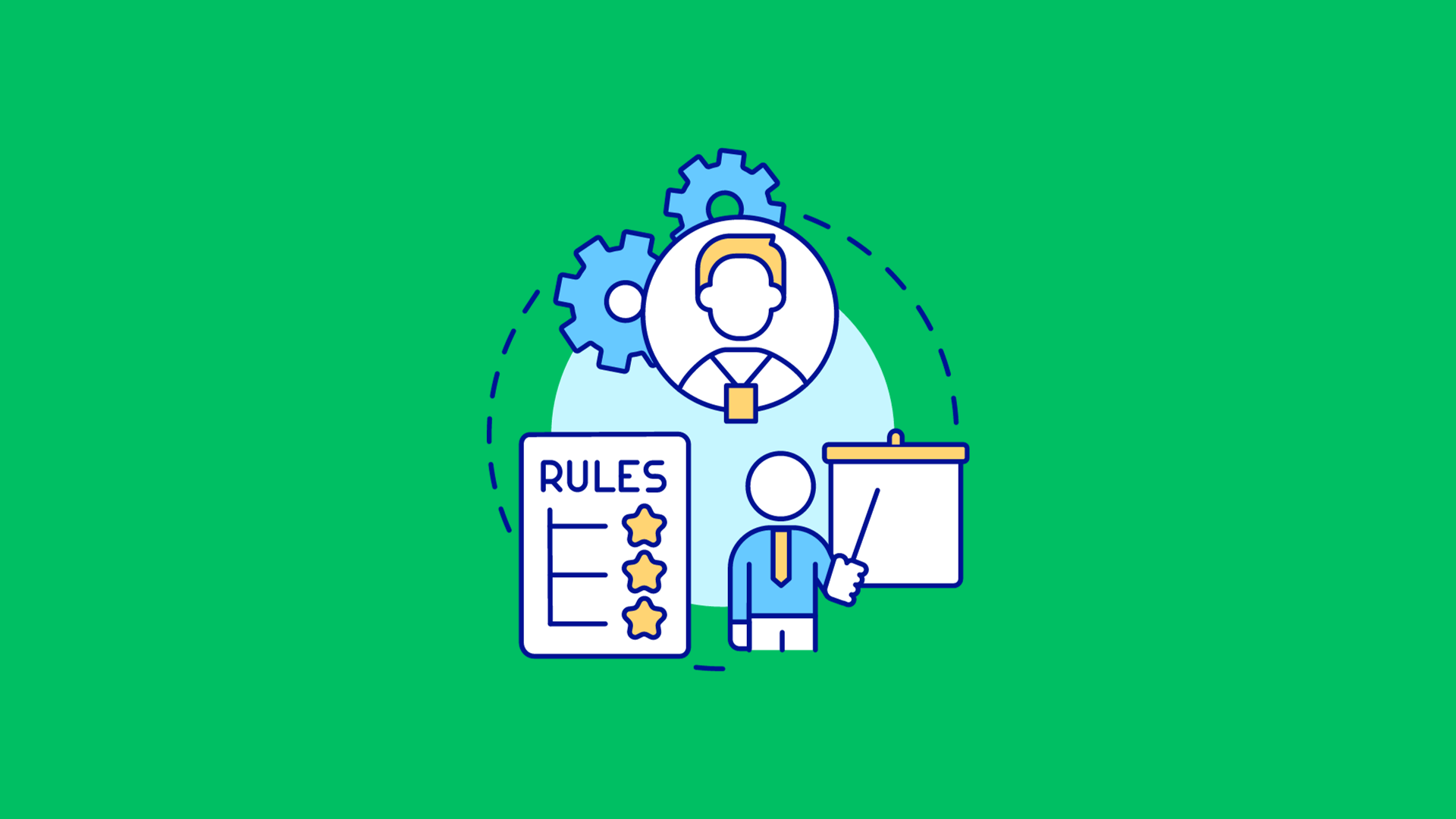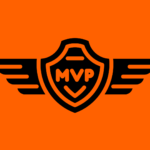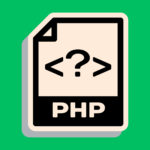Developing a new product requires careful planning and execution to ensure it meets customer needs and is commercially viable. An effective product development process provides structure, defines roles and responsibilities, and establishes guidelines to follow from initial ideation through to product launch. Adhering to proven development principles and rules supports the creation of innovative yet feasible products.
This article examines the key phases and activities involved in bringing a new product to market. It outlines recommended approaches and best practices at each stage. The importance of aligning development efforts with overarching business objectives is also discussed.
Defining the Product Concept
The first stage of development is translating an initial idea into a clearly defined product concept. This involves market analysis to identify customer needs, technological possibilities, and potential competitors. The goal is gaining insight into how a proposed product can address an unmet or under-served market demand.
The product concept should establish positioning and articulate the core benefit proposition. Efforts focus on competitive differentiation and conveying the unique value offered to customers. This guides technical development by establishing key attributes and functionality to prioritize.
Any concept weaknesses are identified by scrutinizing the target market, pricing factors, and required investment. A proper upfront analysis prevents wasting resources on ideas lacking commercial merit. The concept either continues maturing or gets discarded at this point.
Planning the Development Process
With a solid concept in place, planning activities commence to structure execution. A multidisciplinary team is assembled with clear roles and responsibilities assigned. Realistic schedules and budgets are defined along with development milestones.
Resources are allocated across core areas like design, engineering, procurement, and marketing. Cross-functional collaboration is facilitated through meetings, status updates, and shared access to project information. Overseeing planning is a project manager focused onaligning efforts for efficiency.
The development plan accounts for related activities like prototyping, testing, certifications, and launch logistics. Lead times for manufacturing, packaging, and promotional materials are also incorporated. Detailed planning prevents delays and keeps the team focused on achieving goals.
Executing the Design Phase
The design phase involves generating specifications and production requirements. Customer research provides ongoing insight into preferences and buying criteria. This knowledge informs aesthetics, positioning, features, quality, and pricing.

Engineering teams work on technical development and design for manufacturability. Models, simulations, prototypes, and iterations refine the form and function. Standardized components are utilized where possible to optimize costs. The aim is finalizing design parameters prior to large-scale tooling and production.
Sourcing and Managing Suppliers
The procurement of parts, packaging materials, and services is a key activity. Reliable suppliers able to meet specifications are sourced through evaluations and contracts. Quality, lead times, capacity, and pricing are balanced across a supply chain.
Managing suppliers with ongoing communication ensures delivery of needed items. Alternate suppliers are maintained to mitigate sourcing risks. The goal is leveraging supplier strengths to avoid bottlenecks during production.
Testing and Validation
Extensive testing validates product performance, safety, and regulatory compliance. Reliability testing reveals durability issues with continual use. Customer trials provide real-world insight into usability and satisfaction. Validating products before launch prevents reworking and remanufacturing.
Testing may involve in-house testing labs with simulations of customer environments. Independent testing facilities are also utilized for impartiality. Some industries require rigorous evaluations from accredited parties to certify compliance with standards. Addressing issues proactively reduces post-launch returns and complaints.
Preparing the Market Launch
The final development stage focuses on launch execution to maximize uptake. Sales and marketing teams prepare promotional materials and purchase incentives. Training is conducted for sales staff along with field demonstrations.
Distribution plans are refined regarding warehousing, logistics, and channel partners. Customer service capabilities are expanded to handle inquiries and support adoption. The goal is priming the entire organization to fulfill demand and provide stellar customer experiences.
Managing the Development Process
Throughout execution, project leaders manage the process to keep activities aligned. They track progress using key performance indicators for budget, schedule, quality, and risks. Issues are addressed as soon as they arise to minimize impacts.
Regular communications keep stakeholders informed of status and needs. Governance procedures like reviews, approvals, and stage gates ensure quality. Resources are reallocated as required to maintain momentum. The focus remains on delivering the product efficiently and effectively.
Development Best Practices and Rules
Certain guidelines and rules of thumb can optimize development. Beginning with the end in mind means defining what success looks like and working backwards. Prioritizing the customer involves constant feedback and foresight into needs.
Maintaining flexibility allows adjusting to new learnings and discoveries. Using standardized components and processes boosts quality and efficiency. Finally, simplicity and restraint prevent feature bloat and over-engineering.
Following proven product development principles and rules increases the likelihood of commercial success. But the process must also align with business objectives and adapt to market dynamics. Striking this balance allows companies to maximize their investments in creating great products.
Conclusion
An effective product development process is essential for converting ideas into tangible and successful products. Careful planning considers technical options, sourcing, testing, and launch activities. Phases are executed with an eye towards quality, budget, and schedule.
Strong project management and governance uphold standards and best practices. With consumer-centric products reaching markets quickly, a solid development process is a competitive necessity. Companies must regularly evaluate and refine their approach to product creation. Although a challenge, those that master the process will prosper.





